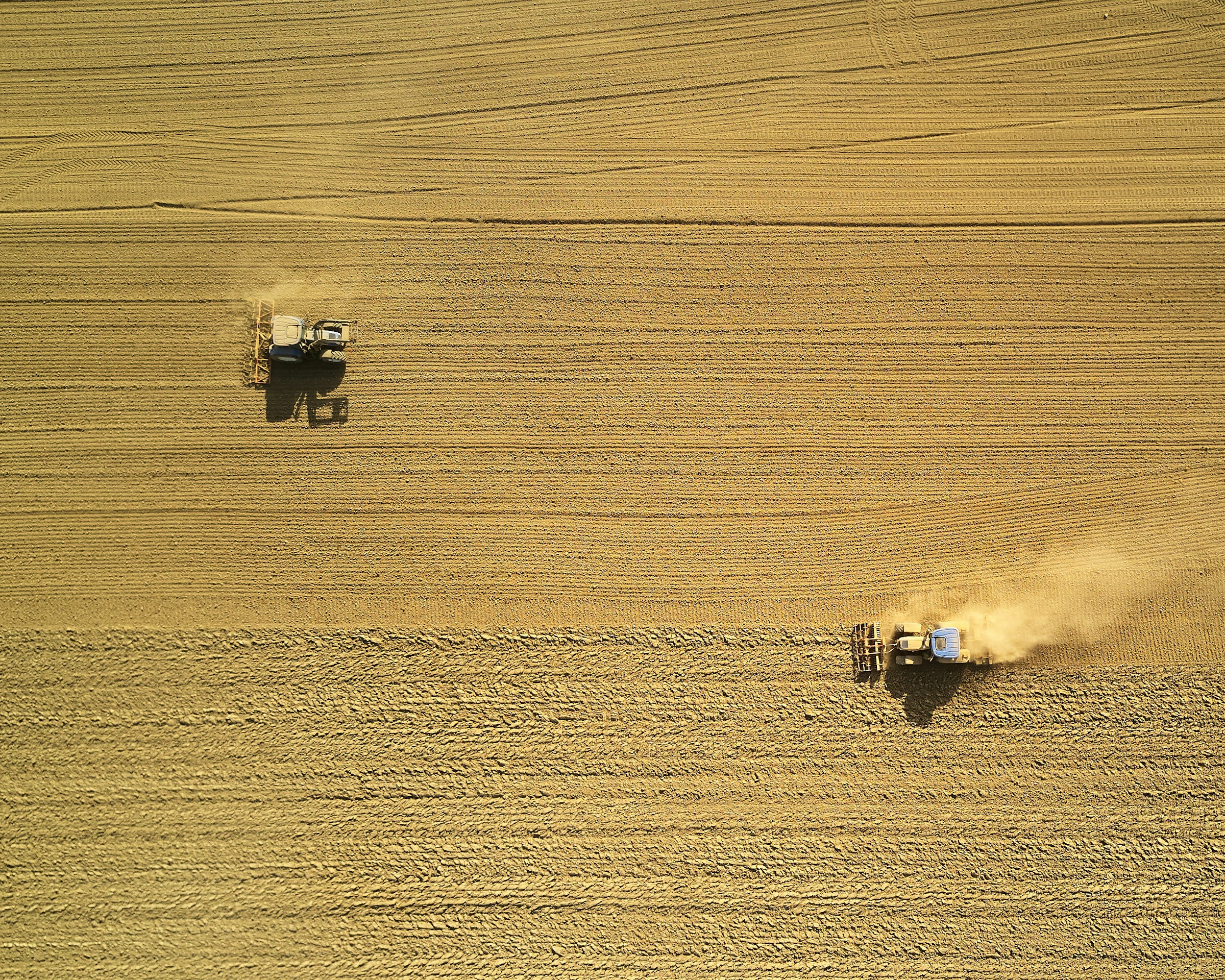This report by the USDA outlines the economics of cell-cultured and precision fermentation foods and documents the growth in the sector. Areas of emphasis are market drivers, structural aspects of the industry, the U.S. regulatory environment, government research funding, and market challenges as of 2023.

Publisher’s Summary
While having similar end-product goals, the production process is significantly different between cell-cultured and precision fermentation-based technologies.
• Precision fermentation uses bioengineering techniques by using genetically engineered microbes as a platform to express specific products, such as proteins and fats, that are molecularly similar to animal products.
• Cellular-cultured food production relies on animal cells as a starting point. These cells divide, form cell lines, and progress through a series of bioreactors to continue multiplying until they are harvested and further developed into a final meat product.
There are at least four major drivers of the cellular agriculture industry: consumer concerns surrounding environmental considerations, animal welfare, public health and food safety, and food access. Investments, firms, and patented methods and products have increased substantially in recent years.
• Between 2015 and 2023, cumulative invested capital in cell-cultured meat and seafood reached $3.1 billion. During the same period, invested capital in precision fermentation reached $2.1 billion.
• As of 2023, more than 200 companies had major commercial interest in cellular agriculture.
• As of 2024, more than 100 patents had been filed in this sector. Federal regulatory changes and Federal funding, in addition to the actions of foreign governments, are accommodating growth in the sector.
• Under the current U.S. regulatory framework, the FDA conducts a voluntary scientific and regulatory consultation for companies producing cultured animal cell foods for human consumption and oversees all food facilities culturing animal cells. At harvest, oversight of foods comprised of cell-cultured livestock, poultry, and/or certain types of fish is transferred to USDA, FSIS, which regulates and inspects facilities under its purview.
• Foods produced using precision fermentation are regulated exclusively by the FDA.
• The authors’ analysis of comments to a USDA, FSIS-issued Advance Notice of Proposed Rulemaking (ANPR) suggests that 83 percent of respondents believed cellular meat and poultry should be labeled differently from their conventional counterparts. The most suggested phrase by respondents for labels of foods containing cultured animal cells was “lab-raised.” To date, several Government agencies have provided several million dollars in research funding. Multiple market challenges are currently limiting product commercialization and production at scale.
• Life-cycle analyses suggest a wide range of minimum per-unit production costs of cell-cultured products.
• Economic evidence indicates a range of consumer attitudes about these products. While some consumers have negative perceptions related to naturalness, others view the animal welfare dimensions positively.
• The extent of the products’ environmental impacts and their effects on consumer demand remain to be seen.
Reference
Read more here. See also the TABLE explainer, Meat, metrics and mindsets: Exploring debates on the role of livestock and alternatives in diets and farming




Comments (0)